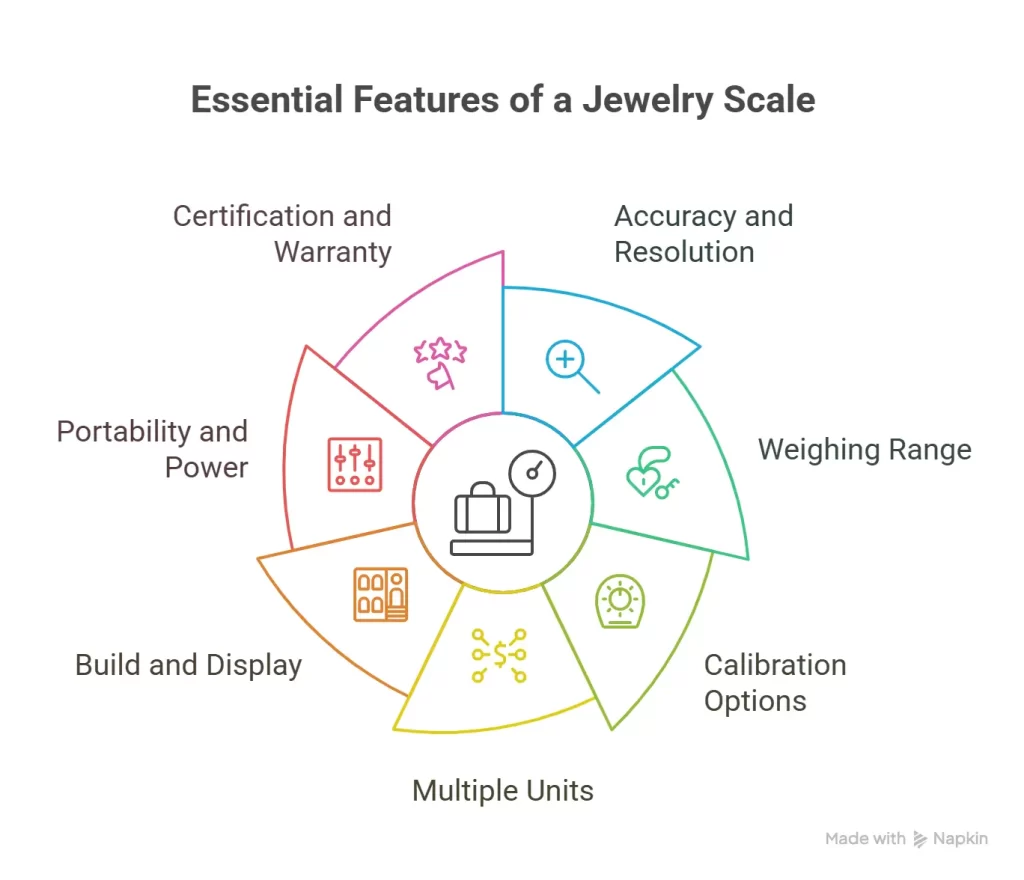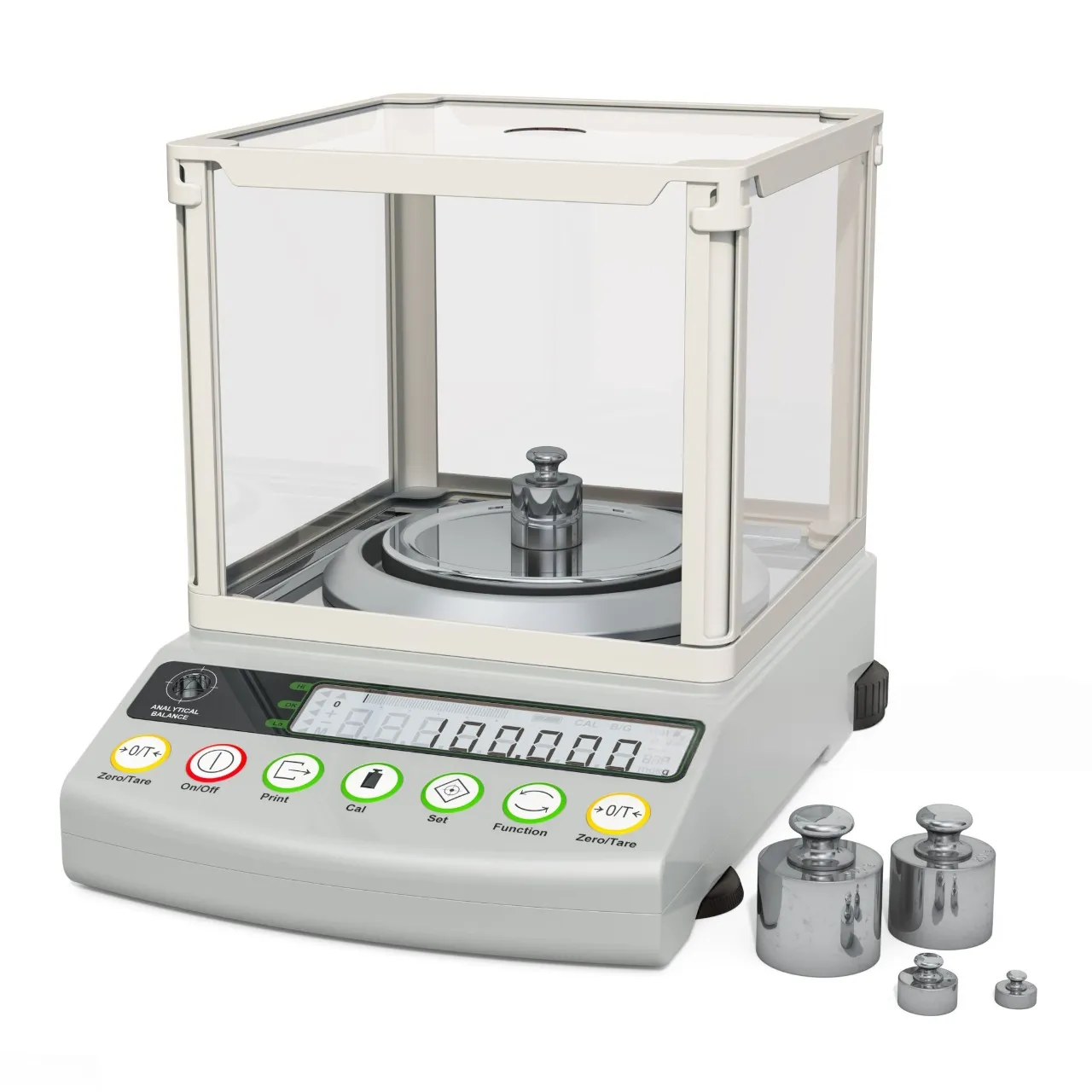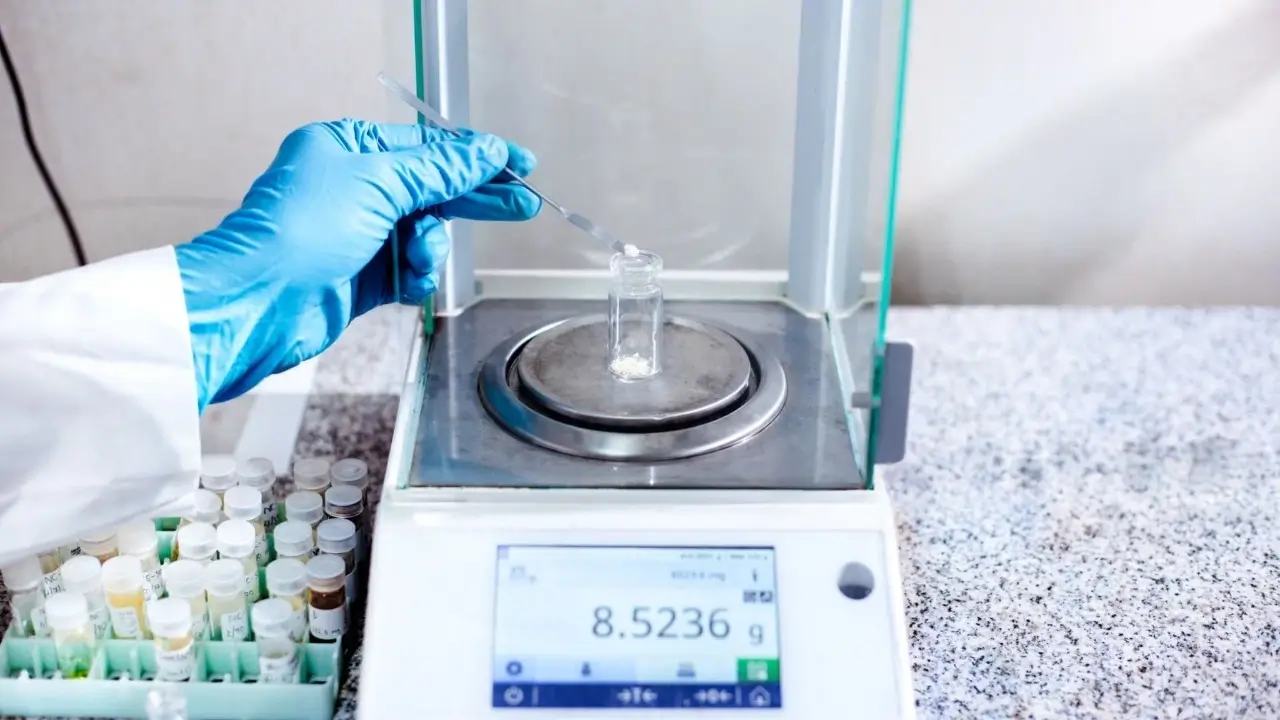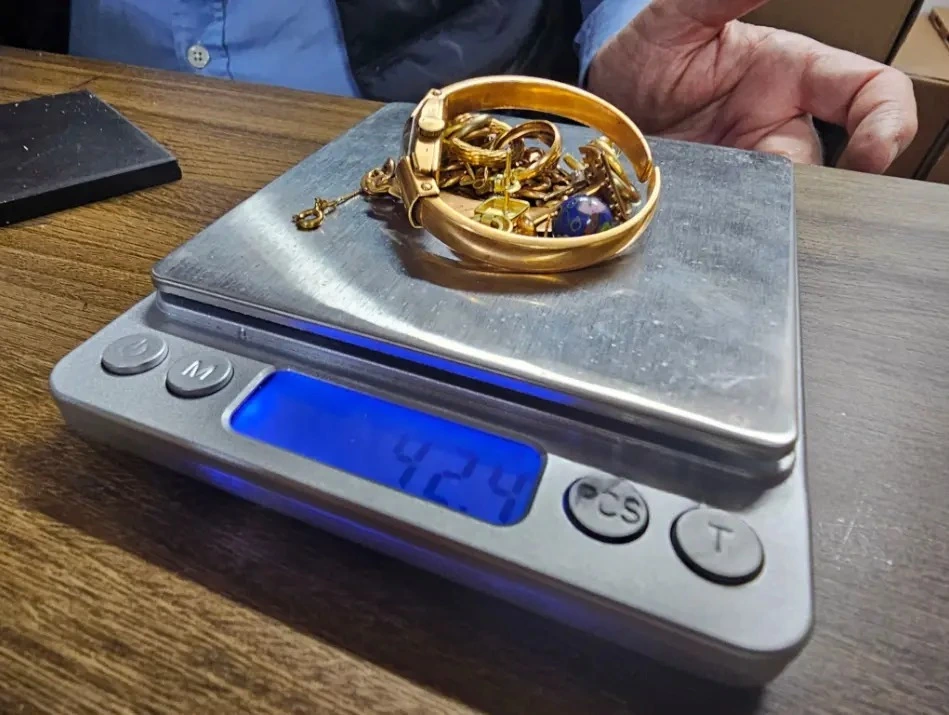If you’ve ever tried to weigh gold dust, a delicate silver chain, or a freshly cast platinum ring, you’ll know how unforgiving precious metals can be when it comes to accuracy. Even a tiny difference—say, 0.05 grams—can shift the price by tens of dollars. That’s why jewelers, refiners, and metal traders depend on precision scales every single day.
Yet, not all “digital jewelry scales” are created equal. Many inexpensive models look similar online but fail to stay consistent once used regularly. Numbers flicker, units jump from grams to ounces, and calibration drifts over time. I’ve seen workshops unknowingly lose money because their scales weren’t telling the truth.
So, how do you pick a scale you can actually trust? Let’s walk through what really matters before you buy one.
Why Precision Is More Than a Technical Term
In jewelry and metalwork, precision directly translates to value. When crafting gold rings or mixing alloys, you rely on accurate ratios. A small deviation can ruin an entire batch. The same goes for traders pricing recycled silver or evaluating gemstones—the difference between 2.00g and 2.01g might decide whether a deal makes sense.
In my own experience, once you move into fine metals, a resolution of 0.001g becomes a must. Anything less, and you’ll be guessing rather than knowing.
What to Look For in a Reliable Jewelry Scale
After testing dozens of models, here’s what consistently separates a professional tool from a disposable gadget.

1. Accuracy and Resolution
For gold, silver, or gemstones, look for 0.01g or finer (0.001g) resolution. High resolution ensures repeatable results even for small pieces.
2. Weighing Range
A practical range is 200g–500g, enough for small parts and mid-sized metal pieces. Going too high usually sacrifices precision.
3. Calibration Options
Regular calibration keeps the scale honest. Models that allow manual or automatic calibration with certified weights are worth the investment.
4. Multiple Units
Switching between grams, carats, pennyweights (dwt), or ounces can save time, especially if you sell internationally.
5. Build and Display
A solid metal platform, stable feet, and a backlit LCD display make a real difference in daily use. Cheap plastic casings tend to warp or cause drift.
6. Portability and Power
If you attend trade shows or buy metals on-site, a compact USB-rechargeable pocket scale is a great pick. For studio work, bench-top models with continuous AC power are more stable.
7. Certification and Warranty
Look for scales that comply with OIML or CE standards and come with a decent warranty. It shows the maker takes precision seriously.
Which Type Fits Your Work
Pocket Scales – Small, quick, and perfect for traveling jewelers or appraisers. Good for checking individual stones or light items.
Bench Scales – Designed for workshops. Heavier, more stable, and capable of handling bigger metal pieces without vibration interference.
Professional Balances – Used in laboratories or high-end jewelry studios where extreme precision (0.001g or better) is required.
Each has its place—it’s less about price, more about where and how you use it.
Keeping Your Scale Accurate
Even the best scale can lose accuracy if mistreated. Always place it on a flat, vibration-free surface, away from drafts or air vents. Calibrate it frequently—once a week if you use it daily. Clean the platform gently with a soft cloth, never with water. And when not in use, store it in its box or cover to prevent dust buildup.
Temperature changes can also throw readings off. If your workshop gets cold at night and hot during the day, let the scale rest for a few minutes before use. Precision thrives on consistency.
A Brand Worth Considering
For anyone serious about precision, Stuccler’s digital jewelry scales are well worth a look. They’re built with jewelers in mind—tight tolerances, easy calibration, and a rugged design that holds up to daily use. The higher-end models even feature 0.001g precision sensors and multi-unit displays, ideal for both professional studios and investment collectors.
They’re not the cheapest, but they’re the kind of tools that pay for themselves by avoiding mistakes.
Final Thoughts
Accuracy in jewelry and precious metal work isn’t optional—it’s the backbone of trust and craftsmanship. Whether you’re weighing gold flakes or full silver bracelets, the right digital scale helps you stay precise, consistent, and confident in your results.
Take your time to choose one that fits your workflow. If you want something you can rely on for years, explore Stuccler for tested and proven jewelry scales built for professionals.




